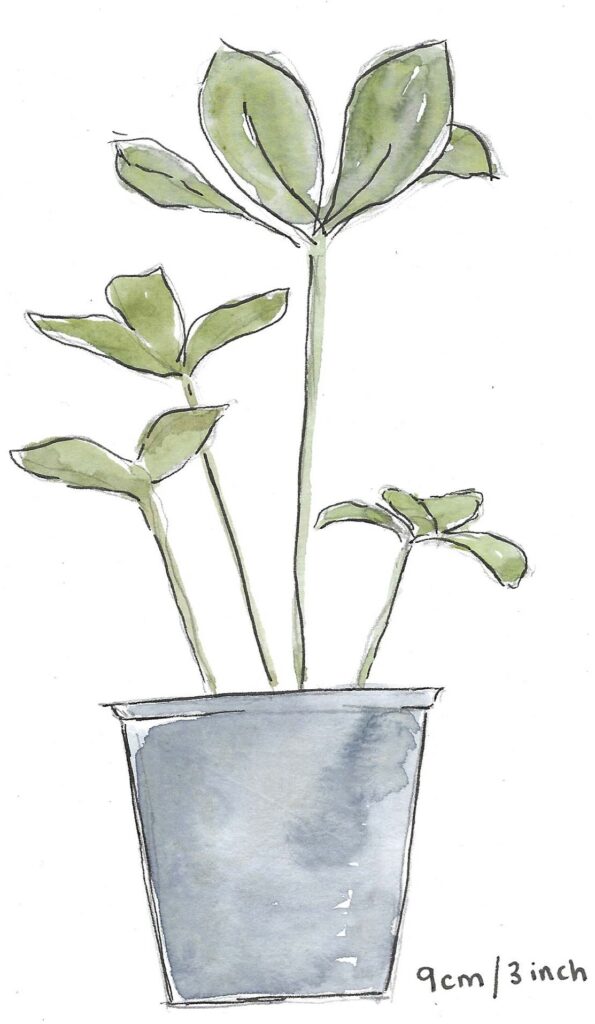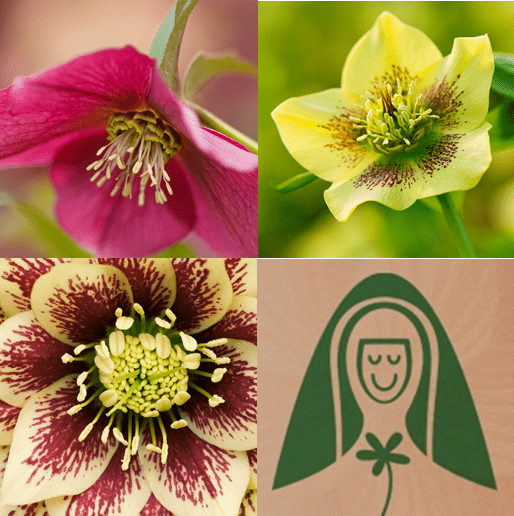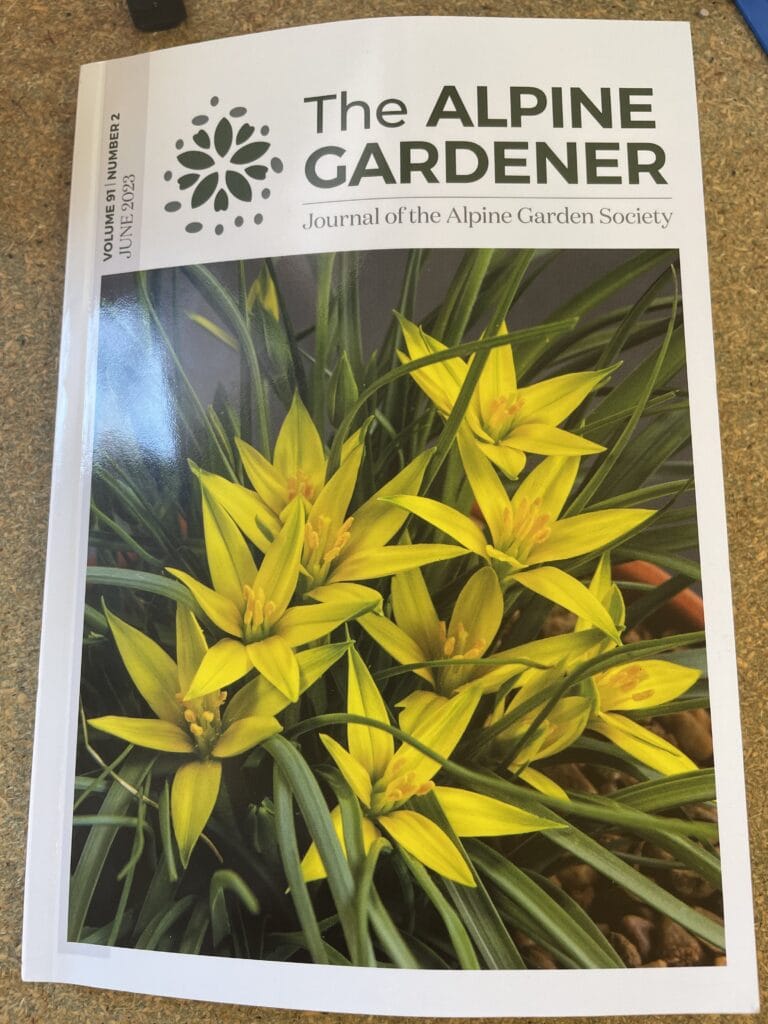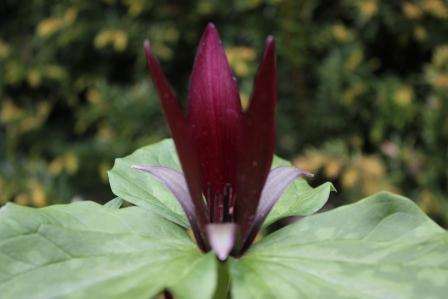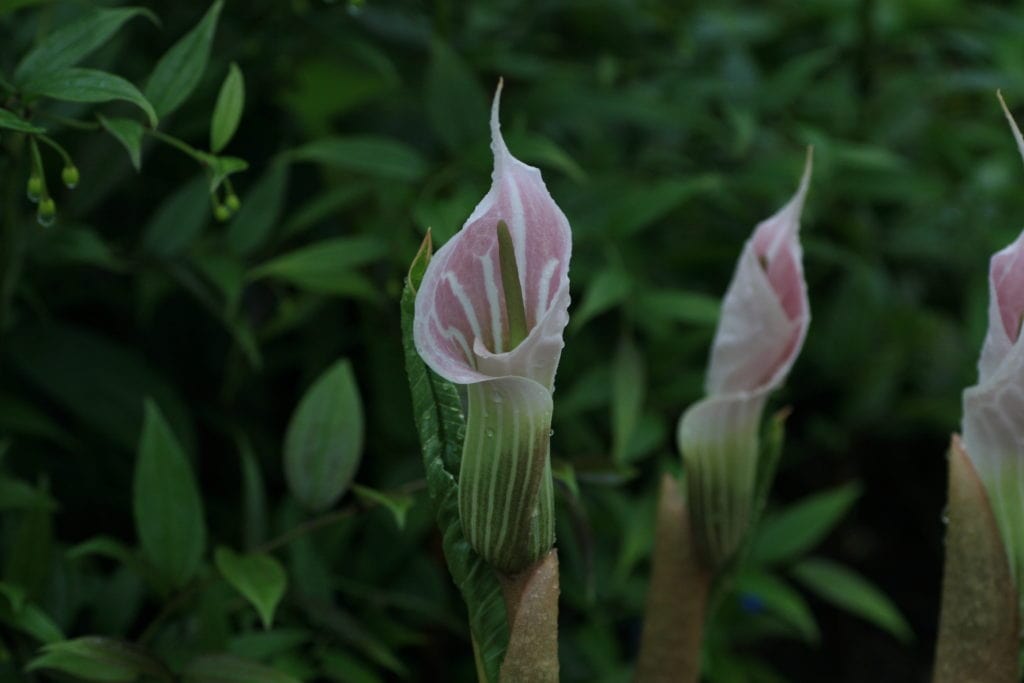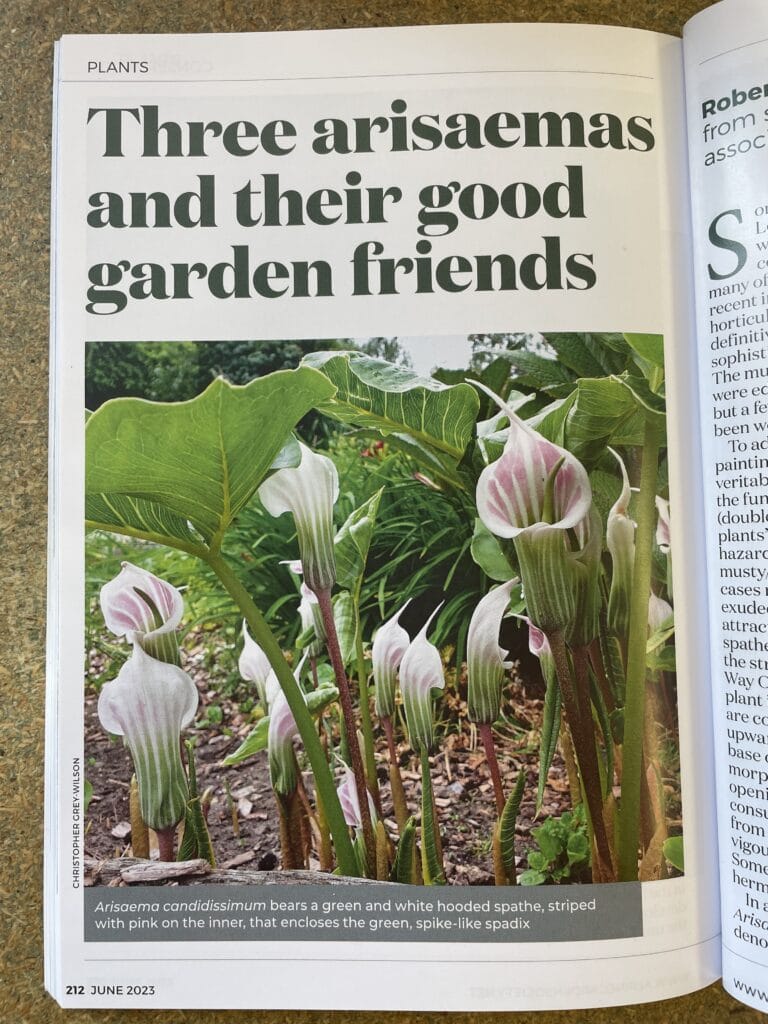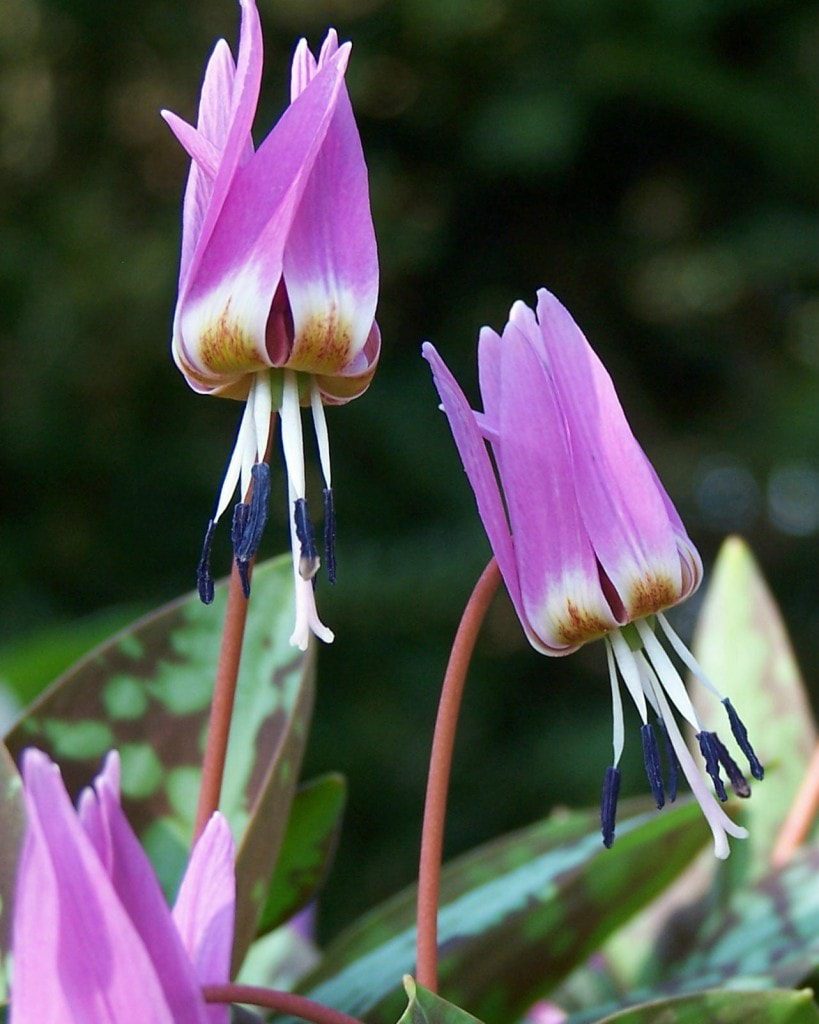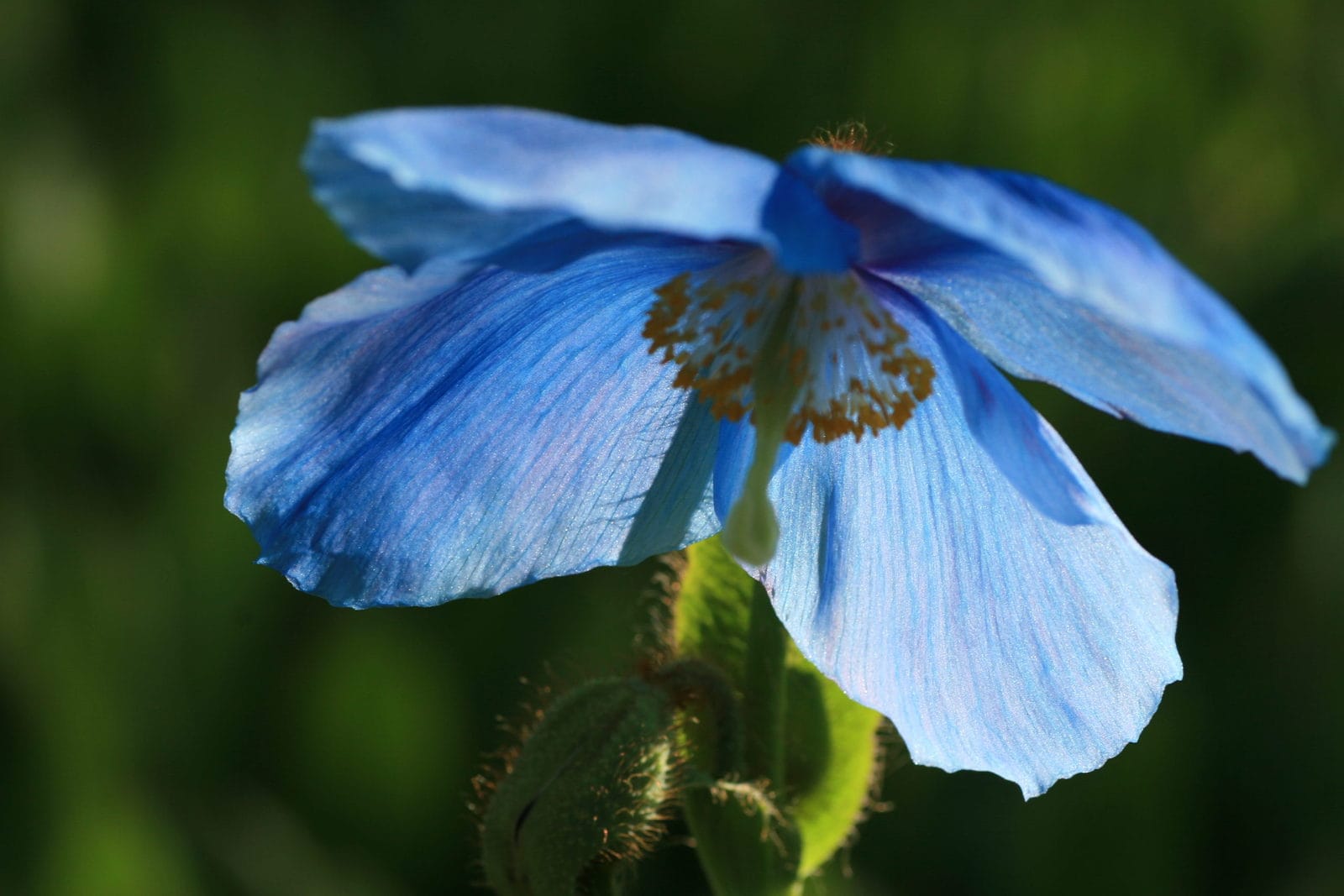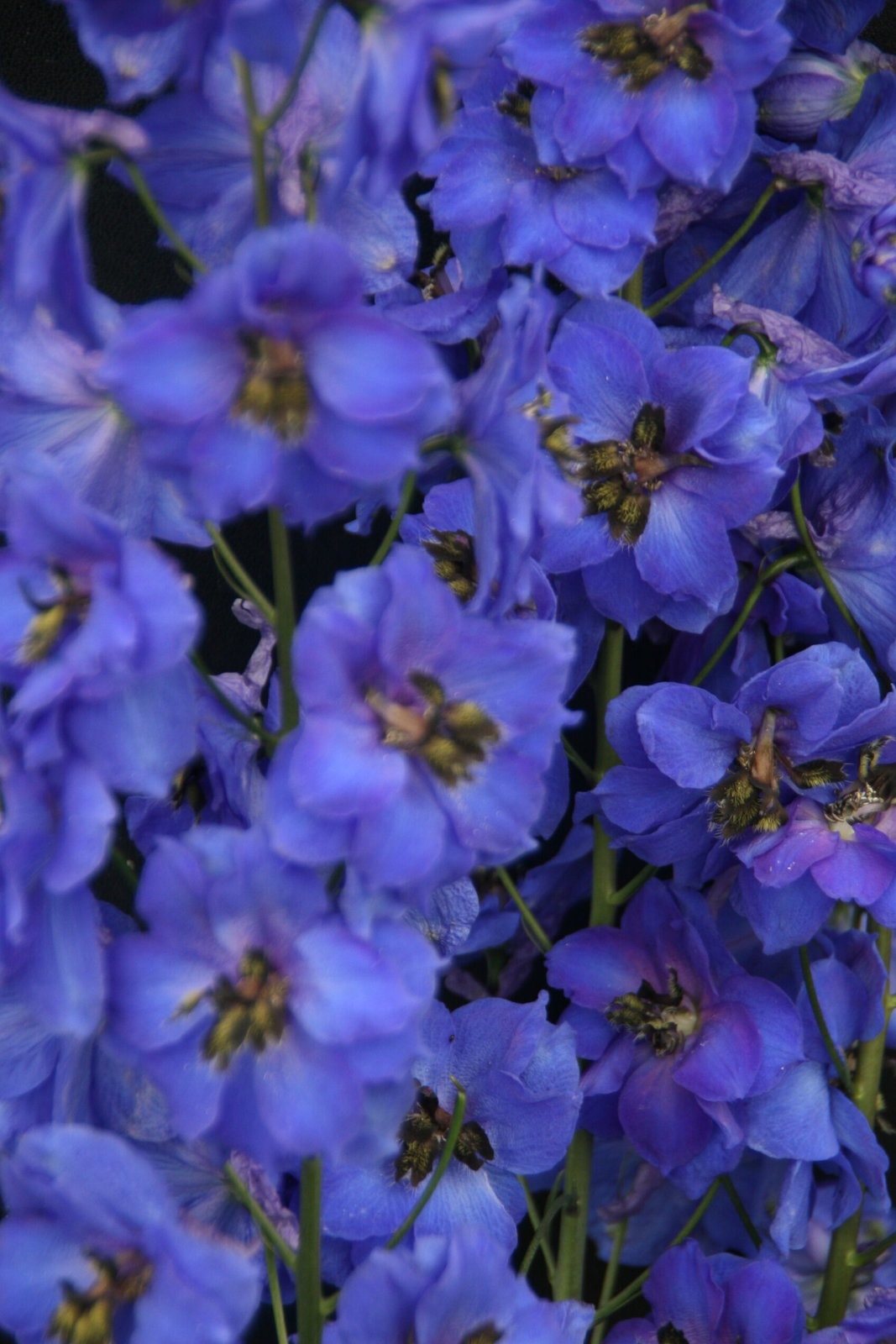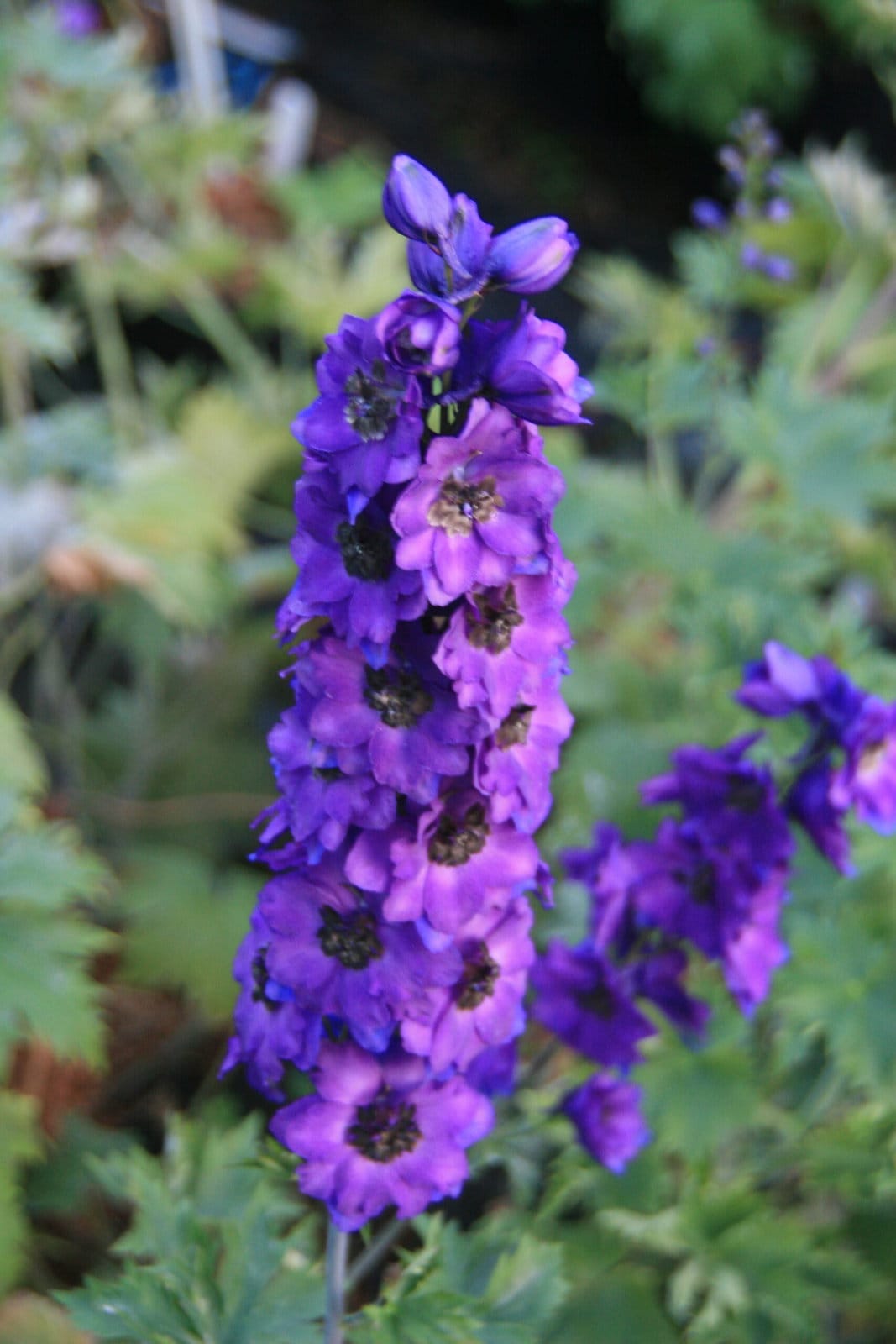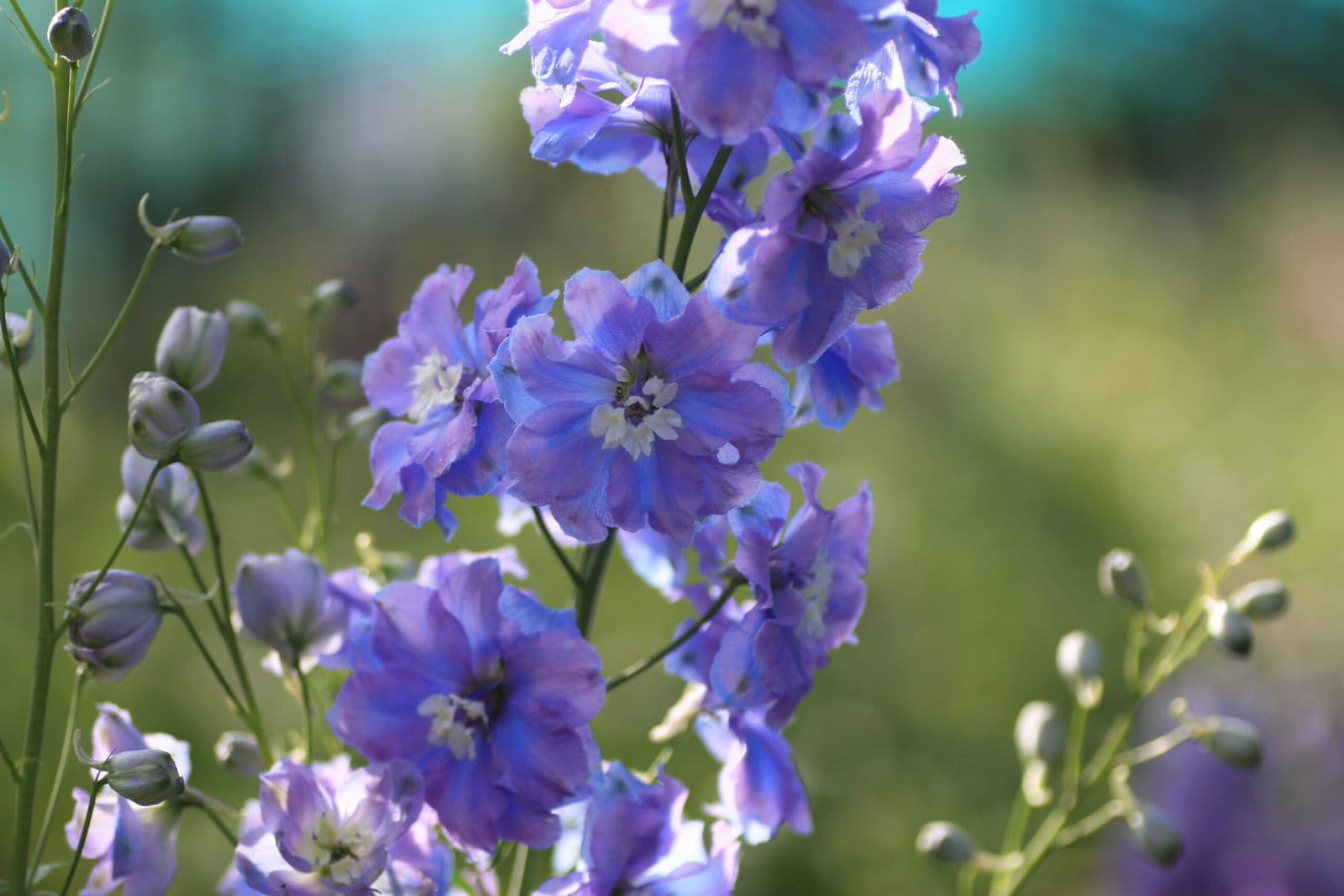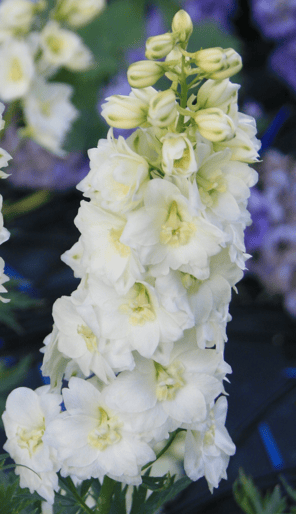The June edition of the Alpine Garden Society AGS Journal, offers a valuable insight into growing Trillium and Arisaema.
Anyone who subscribes to the The Alpine Garden Society (AGS) receives ‘The Alpine Gardener’, the quarterly journal packed full of beautiful photographs illustrating interesting and informative articles. There are nuggets of information from expert growers who have spent many years finding ways to cultivate more unusual plants. It allows us as the reader to share in their journeys, to gain a greater understanding of plants that are familiar to us, as well as being introduced to many that aren’t.
In June’s edition we were particularly interested in two articles that align with our own specialisms Trillium and Arisaema.
Paddy Tobin lays bare his extensive journey with Trillium and how he come to appreciate them as plants that will flourish. As Paddy states,
‘These plants changed my experience of and attitude to trilliums completely – now I had plants that would grow and increase and make a decent contribution to the garden’ (page 169 The Alpine Gardener June 2023).
His earlier experiences were disappointing, working with dried rhizomes that failed to flourish. Using healthier rhizomes he quickly realised that,
‘These trilliums were not the Cinderella plants I had grown poorly for years, but ones which were worth their place in the garden for their vigour, performance and beauty’ (page 169 The Alpine Gardener June 2023).
He mentions some varieties that have done particularly well, as his ‘Star garden performers’ and ‘US natives’. One of his ‘Star garden performers’ is Trillium chloropetalum.
Here at Twelve Nunns, we have a selection of these varieties available to pre-order now. They are sent as freshly lifted, healthy Trillium rhizomes with live roots in moist packing material. Our rhizomes are at least 4 years old. Given the right situation and soil they should flower after 1 year of planting.
Robert Rolfe then provides some wonderful insights into the world of Arisaema, focusing on a number of species, the choicest of which is Arisaema candidissimum. Discussing the history of the cultivation of Arisaema he notes that:-
‘A. candidissimum was (to quote from EB Anderson’s Hardy Bulbs, published in 1964) for a long time “the only species …available in the ordinary course of events, though this is a very beautiful one“. If you choose just one, choose this.’ (Page 214 The Alpine Gardener June 2023)
We have Arisaema candidissimum available to purchase now, click here for more details.
The Alpine Garden Society (AGS) are an international, UK based, charitable organisation primarily concerned with the cultivation of alpine and mountain plants from around the world. The AGS is also involved in the study and conservation of alpine plants in the wild. Click here for more information about the Society.

